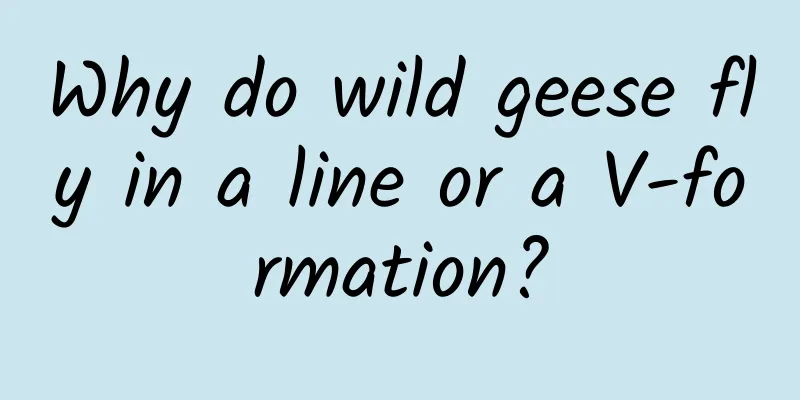Families, those who like flat-faced puppies are in luck

|
Families, those who like flat-faced puppies are in luck Few people know that face reading is actually an early psychological discipline called phrenology. Phrenology believes that the shape of a person's skull can be used to interpret various aspects of a person's personality, abilities and psychology. In the 1870s, phrenology claimed that people with large foreheads were more intelligent. Although in modern times, psychology has abandoned phrenology. However, a team from the Department of Animal Behavior at Eötvös Loránd University in Budapest, Hungary, recently published a small-scale study in the journal Scientific Reports, suggesting that the shape of a dog's head can also predict their intelligence and problem-solving ability. Image source: unsplash There are many breeds of dogs, ranging from body size to head shape. If we measure the widest point of a dog's skull, divide the result by the maximum length of the skull, and multiply the result by 100, we get a "head index". Then based on this "head index", we can simply divide the dog's head shape into: 1. Long head/long face "Cranial index" less than 50, such as Afghan hound, greyhound 2. Brachycephalic/flat face "Cranial index" greater than 60, such as pugs and French bulldogs 3. Medium head type The "head index" is between 50 and 60, such as golden retrievers and beagles. The team gave dogs with different head shapes a task to find food. The dogs had to open a box and find the food. The boxes were different in difficulty and were randomly assigned to the dogs with different head shapes. The experimenters first let the dogs see them put a piece of sausage into the box, and then gave them two minutes to open the box. During this time, the experimenters and the dog’s owner stood behind the dog and could not be directly seen by the dog. The experiment showed that the short-headed English bulldog and French bulldog had a 93% lower success rate in opening the box than the long-headed Madi. The Madi that could open the box was faster than the bulldog. At the same time, compared with the Madi, the English bulldog and French bulldog looked back at their owners 4.16 times and 4.49 times more often. Researchers said that short-headed dogs are more likely to look at humans more frequently than long-headed dogs, and their interactions with humans increase, but their task completion rate is lower , making these dogs more like "children" in the eyes of humans, showing similar "lovable" characteristics. This may explain to some extent why these dog breeds are very popular pet dogs. Image source: unsplash It’s worth noting that the study involved only two brachycephalic breeds (15 English bulldogs and 15 French bulldogs) and one mesocephalous breed (13 Hungarian Mudis). And the reason why the brachycephalic breeds scored lower is unclear, but it could be related to genetic and physiological differences that may have emerged during the genetic selection process for domesticated brachycephalic dogs. Also, these differences in the tests shown by dogs with different head shapes may be more due to differences in personality rather than differences in intelligence. The researchers pointed out that the two brachycephalic dog breeds they tested spent more time looking at their owners than the medium-headed dog breeds. These dogs may be looking for help from their owners, or they may simply be seeking encouragement and care from their owners. But for whatever reason, when dogs are distracted by paying attention to nearby humans, they are not focusing their energy on the problem that needs to be solved at hand, which will slow down the problem-solving process and reduce efficiency, making the dogs appear less smart in this test. References [1]https://www.psychologytoday.com/intl/blog/canine-corner/202303/does-a-dogs-head-shape-predict-how-smart-it-is Planning and production This article is a work of Science Popularization China-Starry Sky Project Produced by: Science Popularization Department of China Association for Science and Technology Producer|China Science and Technology Press Co., Ltd., Beijing Zhongke Xinghe Culture Media Co., Ltd. Author: Zeng Xinyue, popular science creator Reviewer: Huang Chengming, Researcher at the Institute of Zoology, Chinese Academy of Sciences Editor: Zhong Yanping and Qi Yuan (Intern) Light up "Watching" Let’s gain knowledge together! Included in the collection #Hard Science 65 Previous article****New research reveals: Contact electro-induced redox reaction exists at water-oil micro-interface Scan the QR code on WeChat to follow this public account People draw lines |
<<: Why can't billions of stars illuminate the entire universe?
Recommend
Case analysis of programmatic creative delivery of information flow advertising!
This is the best era. With the support of AI, inf...
GAC Trumpchi, with three 8s in its hands, shows off its hand against Mercedes-Benz
Looking back at the beginning of the business of ...
Zhaotong Mini Program Investment Company, how much does the lottery mini program cost?
How much does it cost to attract investors for th...
How smart are killer whales, which are the same color as giant pandas?
In the ocean, there is an animal with the same bl...
How to attract traffic on Weibo, 5 tips on how to attract traffic (effective)
Traffic is actually not difficult, especially gen...
The Cambridge History of China (Chinese Edition, 11 Volumes) PDF Scanned Version Baidu Cloud Download
The Cambridge History of China (Chinese Edition, ...
XY Apple Assistant: Count down the practical features that will be added to iOS 8.3
Since the push of iOS8.2 did not receive a good m...
377 kilometers, 253 bridges, 159 tunnels... Why is this high-speed railway so difficult?
At 10:18 on December 22, 2010, the No. 4806 train...
Reading "I am Baruch" to see the development stages of the securities industry
Baruch entered the securities industry in 1890, m...
Even rarer than giant pandas! This "cute creature" was photographed again, super cute!
This one A cute creature that looks like both a m...
Understand the central bank’s reserve requirement cut in 30 seconds!
Mixed Knowledge Specially designed to cure confus...
[Promotion] Future applications: No matter how fancy your H5 is, what’s the use if there is no traffic?
Zeno once proposed: Human knowledge is like a cir...
World Pain Relief Day | You don’t have to endure some pain! Let’s learn the truth about “labor analgesia”
As we all know, the pain of childbirth experience...
Has the Changsha epidemic been lifted in 2022? When will things return to normal? Attached is the latest news!
In recent times, Hunan has achieved remarkable res...
What other “superpowers” can quantum computing demonstrate?
Quantum computing is getting closer and closer to...









